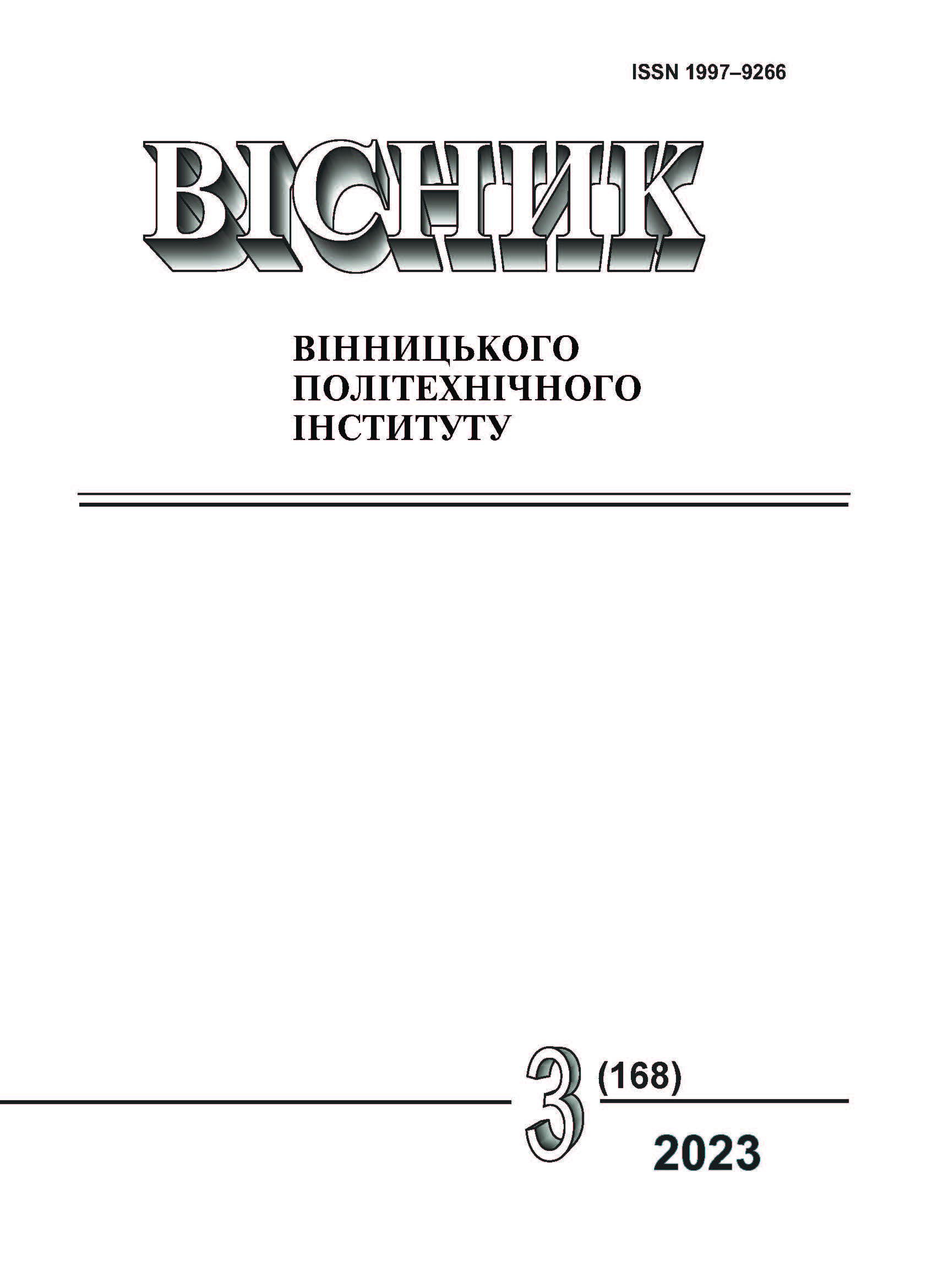МОДЕЛЮВАННЯ ГЕНЕРАЦІЇ ВОДЯНОЇ ПАРИ ПРИ ПОЗДОВЖНЬОМУ ОМИВАННІ ПУЧКІВ ТРУБ
DOI:
https://doi.org/10.31649/1997-9266-2023-168-3-25-33Ключові слова:
теплообмін, числове моделювання, генерація пари, фазовий перехід, парогенераторАнотація
Подано результати дослідження процесу генерації водяної пари у міжтрубному просторі прямоточного парогенератора, що виконані за допомогою комп’ютерного моделювання з використанням програми ANSYS CFX. Також зроблено спробу визначення міцності окремих елементів парогенератора. Як граничні умови задавалися значення перепаду тиску між вхідним і вихідним патрубком. Прийнято, що корпус парогенератора теплоізольований. Використано k–ε модель турбулентності в модифікації Realizable. Краплі вологи моделюються як дискретна фаза у вигляді сферичних частинок, розсіяних у безперервній фазі (паровий потік), за допомогою DPM (Dispersed Fluid). Розрахунок дискретної фазової траєкторії здійснюється в лагранжевому формулюванні, що включає дискретну фазову інерцію, гідродинамічний опір і силу тяжіння як для стаціонарних, так і для нестаціонарних течій. Пара розглядалась як суцільне середовище і її параметри визначались шляхом розв’язання рівнянь Нав’є–Стокса, тоді як дисперсна фаза визначалась шляхом відстеження великої кількості крапель через розрахункове поле потоку. Взаємодія крапель дискретної фази між собою не враховувалась. Сила тертя між шарами рухомої рідини визначалась за моделлю Shiler-Nauman. Для моделювання теплообміну за турбулентного режиму течії двофазного потоку використано модель Ranz-Marshall.
Моделювання засобами ANSYS-CFX дозволило візуально встановити межі фазового переходу. Визначено кількісне значення коефіцієнта тепловіддачі на поверхні пучка циліндричних труб та втрати тиску на випарній ділянці у разі кипіння води на поверхнях трубного пучка. Визначено теплову потужність парогенератора і гідравлічний опір його конструкцій. Отриманий результат порівнювали з аналітичним розрахунком. У підсумку встановлено, що результати моделювання є задовільними.
Посилання
О. В. Єфімов, та ін. Реактори і парогенератори енергоблоків АЕС: схеми, процеси, матеріали, конструкції, моделі, О. В. Єфімов, Ред. Харків, Україна: ТОВ «В справі», 2017, 420 с.
W. -S. Kim, J. -B. Lee, and K. -H. Kim, “Development of Empirical Correlation of Two-Phase Pressure Drop in Moisture Separator Based on Separated Flow Model,” Energies, vol. 14(15), 4448, pp. 4-21, 2021. https://doi.org/10.3390/en14154448 .
S. J. Green, and G. Hetsroni, “PWR steam generators,” International Journal of Multiphase Flow, vol. 21, pp. 1-97, 1995. https://doi.org/10.1016/0301-9322(95)00016-Q .
M. N. Mechtaeva, N. B. Ivanova, and V. A. Gorbunov, “Numerical Modeling of Moisture Separation Processes in the PGV-1000m Steam Generator Power,” Technol Eng, no. 54, pp. 220-224, 2020. https://doi.org/10.1007/s10749-020-01194-y .
Yang Xuelong, Zhu Chenbing, Zhou Qiwei, Chen Jianchong, and Mou Jiegang, “Study on Performance and Operation Mechanism of a Separation Equipment for a PWR Steam Generator,” Atmosphere, no. 14 (3), pp.4-29, 2023.
https://doi.org/10.3390/atmos14030451 .
ANSYS FLUENT 14.5 Theory Guide. New-York, USA: ANSYS Inc, 2012. [Electronic resource]. Available: https://ansyshelp.ansys.com . Accessed: Apr. 2, 2023.
Siniša Šadek and Davor Grgić, “Operation and Performance Analysis of Steam Generators in Nuclear Power Plants,” in Heat Exchangers — Advanced Features and Applications, Edited by S M Sohel Murshed and Manuel Matos Lopes. Washington, USA: IntechOpen, 2017, 218 p. https://doi.org/10.5772/68064 .
Є. В. Шевель, і М. В. Воробйов, Методичні вказівки до курсового проекту з дисципліни «Парогенератори та теплообмінники АЕС» для студентів спеціальності 143 «Атомна енергетика» та 142 «Енергетичне машинобудування». Київ, Україна: КПІ ім. Ігоря Сікорського, 2017, 25 с.
##submission.downloads##
-
PDF
Завантажень: 96
Опубліковано
Як цитувати
Номер
Розділ
Ліцензія

Ця робота ліцензується відповідно до Creative Commons Attribution 4.0 International License.
Автори, які публікуються у цьому журналі, згодні з такими умовами:
- Автори зберігають авторське право і надають журналу право першої публікації.
- Автори можуть укладати окремі, додаткові договірні угоди з неексклюзивного поширення опублікованої журналом версії статті (наприклад, розмістити її в інститутському репозиторії або опублікувати її в книзі), з визнанням її первісної публікації в цьому журналі.
- Авторам дозволяється і рекомендується розміщувати їхню роботу в Інтернеті (наприклад, в інституційних сховищах або на їхньому сайті) до і під час процесу подачі, оскільки це сприяє продуктивним обмінам, а також швидшому і ширшому цитуванню опублікованих робіт (див. вплив відкритого доступу).





